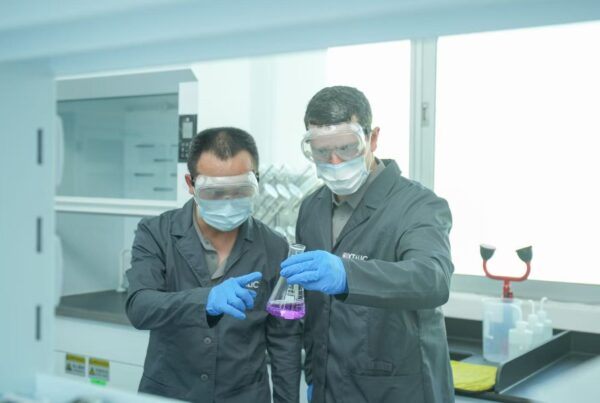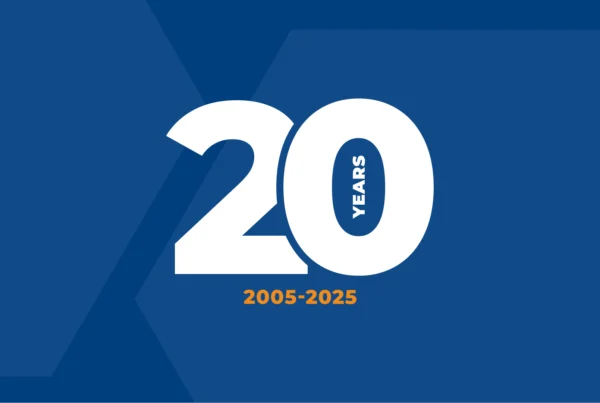Why does the world need advanced materials? This question and its answers are at the core of the Xtalic brand. Let’s explore the question by depicting the macro shifts that rely on advanced materials technology and how these affect everyday consumers.
Contents
What are advanced materials?
Advanced materials are critical building blocks engineered to provide enhanced properties and superior performance relative to conventional materials, including strength, wear, corrosion resistance, and high-temperature performance.
A wide range of macro trends requires advanced materials to meet customer needs. Customers demand more functionality from an increasing range of digital devices and wearable electronics in a smaller, more energy-efficient footprint. Increasingly we require that our products are produced with minimal environmental impact. And as always, we expect to get all this at reduced cost with increased safety.
Many of the world’s leading brands have built large materials teams to meet these needs. Brands like Apple, SpaceX, Porsche, Louis Vuitton, Coca-Cola, NASA, Intel, Rolls Royce, and Ping Golf all have cultures that value advanced materials technology. These companies have invested internally and partnered with other institutions to find ways to break through obstacles using advanced materials — and are relentlessly driven to implement these materials into their products.
Miniaturization
Making products smaller is one strategy to achieve energy efficiency and lower cost. In addition, miniaturization often also increases product viability and usability. Consider the smartphone. This singular device includes a telephone, music player, web browser, payment system, high-performance cameras, computing applications, GPS functionality, and a flashlight — all crammed into a pocket-sized device. Advanced materials help make this possible Advanced optical materials make the camera lenses smaller, while improved glass makes the touch screen brighter and robust. Advanced materials designed by machine learning are used in the enclosures to make them stronger and more beautiful. When smartphone manufacturers want their devices to achieve IP68 waterproof standards, they leverage advanced materials technology from Xtalic in the charging interface port. Our advanced materials boost wear and durability but, most importantly, enable waterproofing through a novel combination of tough coating layers coupled with precious metal catalytic coatings designed to split water into hydrogen and oxygen, eliminating water damage.
Lightweighting
Using less material increases environmental sustainability. For example, automobile manufacturers are substituting lighter materials for traditional steel to improve fuel economy. While advanced materials may cost more on a $/lb basis, they provide systemic value in reducing fuel costs, helping meet corporate average fuel economy (CAFÉ) standards, or boosting horsepower to weight ratio. This strategy is applied to the extreme in space applications — where lightweighting delivers tremendous value. Companies like SpaceX and NASA are exploring novel 3D printed and plated structures to cut weight dramatically while maintaining safety in mission-critical applications. We partnered with Hughes Research Lab to explore the possibilities of coupling our nanocrystalline aluminum technology with a 3D printed truss structure, creating the highest strength-to-weight material in the world.
Performance
Other companies are boosting the performance of their products by inventing or adopting new materials. Jet engine manufacturers have long achieved performance improvements with advances in turbine blade materials and coatings. For example, industry leader Rolls Royce has utilized metal matrix composite coatings that combine the toughness and durability of nickel alloys with hard second-phase particles. These composites reduce bypass air losses in the engine and extend runtime between service intervals. Among the benefits are improved performance, reliability, and fuel efficiency.
Sustainability
Advanced materials technology can help us protect the planet through sustainable engineering practices. At Xtalic, this means replacing precious metals with lower environmental impact materials. For example, our nanostructured silver alloy, LUNA, requires just 2% of the CO2 production per ton compared to gold. So our customers save money and substantially reduce their carbon footprint.
Research investments in mining and extraction have also produced significant reductions in CO2 by-products. Rio Tinto has joined forces with competitor Alcoa to form Elysis, a company focused on commercializing the world’s first carbon-free aluminum smelting process. Boston Metal leveraged MIT Professor Sadoway’s lab knowledge to build a coal and emission-free steel-making process. By some accounts, current steel production accounts for as much as 7% of the world’s CO2 emissions.
Electric vehicles offer great promise for boosting sustainability and lowering the environmental impact of transportation. Internal combustion engines contribute 15% of the world’s greenhouse gas emissions. Electric vehicles can help reduce this impact, but there are engineering challenges. For example, the electric current flowing from the battery to the drivetrain can be massive and lead to significant cable heating. Our advanced material, LUNA, provides more thermal stability and allows the cable to run hotter for longer. This creates efficiency and extends the life of the power cables and vehicle overall.
Why should the world care about advanced materials technology? They are nothing less than the basic building blocks of our physical and digital products. As we demand more data and power from lower-cost lightweight miniaturized devices, we’ll require more advanced materials innovation. Concurrently, to continue our dedication to sustainability, these new materials must address supply, environmental, and safety concerns.
Through the computational design of advanced materials, we can solve the challenges of macro-electrification, miniaturization, and lightweighting with consumer products — while delivering new features at a reasonable cost.
At Xtalic, we care about advanced materials technology — embodying all these focuses and delivering solutions to the world’s market leaders who value and employ advanced materials.




